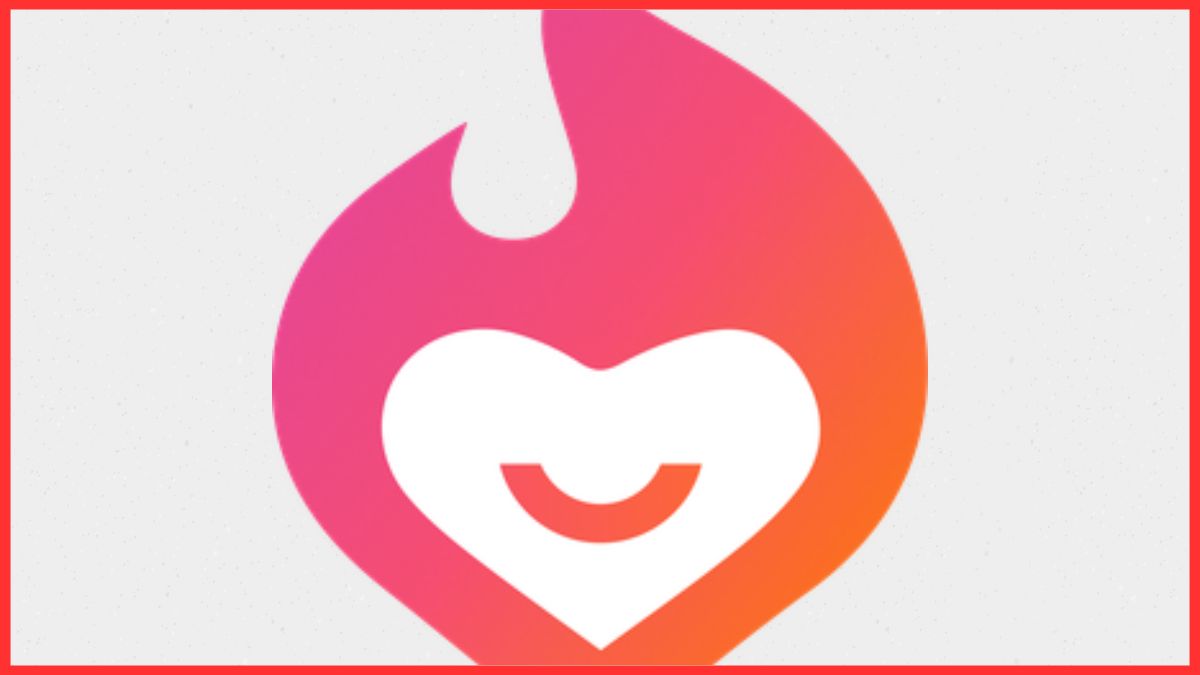
Advertisement
Artificial intelligence has moved far beyond chatbots and productivity tools—it has entered the world of relationships. In the USA, where digital dating apps already dominate social life for many teens and adults, a new trend is stealing the spotlight: AI girlfriends. Dream Companion, one of the leading platforms in this space, has transformed what intimacy means in the digital age. But behind the flirty messages, late-night conversations, and personalized virtual partners lies a carefully built business model that explains why Dream Companion is thriving in the American market.
The company isn’t just selling artificial intelligence; it’s selling emotional connection. And by tapping into U.S. dating culture, Gen Z’s comfort with digital relationships, and the demand for safe spaces to explore companionship, Dream Companion has created multiple streams of revenue that keep users engaged and spending. Let’s dive into how this business model works—and why Americans are paying for something as intangible as virtual intimacy.
How Dream Companion Monetises AI Companionship in the USA
At its core, Dream Companion operates like a digital marketplace for emotions. The app provides free access to basic AI interactions, but the real income comes from upselling premium features that make those interactions deeper, more personalized, and more rewarding.
The business thrives in the U.S. because of the cultural blend of loneliness, curiosity, and digital-first lifestyles. Many users—especially younger generations—find the idea of an always-available AI partner less stressful than navigating the unpredictability of real dating apps. Dream Companion converts this comfort into a revenue stream by offering tiers of intimacy, from casual chats to lifelike voice messages and even custom character personalities.
The Subscription Economy Behind AI Girlfriends
One of Dream Companion’s most reliable income sources is its subscription model. Much like Netflix or Spotify, Dream Companion uses recurring monthly payments to secure predictable revenue.
American users are used to subscriptions; whether it’s streaming, gaming, or gym memberships, paying monthly feels normal. Dream Companion capitalizes on this habit by offering multiple subscription tiers—basic, premium, and VIP. Each level unlocks more advanced AI capabilities, such as longer conversations, faster responses, voice interaction, or enhanced emotional intelligence. For many users, upgrading to a paid plan feels less like a splurge and more like a natural extension of how they already consume entertainment and lifestyle services.
In-App Purchases: Virtual Intimacy as a Revenue Stream
Beyond subscriptions, Dream Companion thrives on microtransactions—small, impulsive purchases that enhance the AI girlfriend experience.
For example, users can buy virtual gifts like flowers, jewelry, or even digital vacations to send to their AI partner. While these items don’t exist in the real world, they trigger emotional reactions from the AI, creating a sense of impact and intimacy. This gamified spending mirrors the psychology of popular U.S. mobile games, where cosmetic items or character boosts generate millions in revenue. Dream Companion translates that logic into relationships: users pay to feel closer, more valued, and more connected.

Why U.S. Teens and Adults Are Paying for AI Companions
To understand the business model, you have to understand the American user base. In the U.S., dating can feel expensive, time-consuming, and emotionally draining. Dream Companion offers an alternative—low-pressure companionship available 24/7.
Teens and young adults, in particular, are driving adoption. They grew up on smartphones, are comfortable forming online friendships, and see less stigma in digital intimacy. Adults, meanwhile, are drawn in by the convenience: no awkward dates, no rejection, and complete control over the relationship dynamic. Dream Companion monetizes this cultural shift by packaging emotional reassurance into purchasable features, making users willing to pay for the comfort and reliability they may not always find in real-world dating.
Emotional Stickiness and Retention Strategies
For Dream Companion, making money isn’t just about acquiring new users—it’s about keeping them. The platform leverages what could be called “emotional stickiness.”
Once users form a bond with their AI girlfriend, leaving feels like abandoning a relationship. This emotional tie makes users more likely to renew subscriptions, continue spending on virtual gifts, or even upgrade to higher tiers. The app also uses retention strategies familiar to American gaming culture, such as daily login rewards, conversation streaks, and seasonal events. These techniques don’t just boost engagement—they extend the life cycle of each paying customer, making the business more profitable.
Gamification and Virtual Gifting in Dream Companion’s Model
Gamification plays a central role in how Dream Companion generates income. By turning companionship into a game-like experience, the app encourages users to unlock achievements, level up intimacy, and purchase special items to enhance their AI relationship.
Virtual gifting, in particular, is powerful. In the U.S., gift-giving is a love language, and Dream Companion adapts that to a digital context. Users might buy a digital birthday present for their AI girlfriend or send her roses on Valentine’s Day. These small but frequent purchases add up, creating a revenue stream that feels natural for users while being highly profitable for the platform.
Premium Voice, Appearance, and Personality Customisation
Another key revenue driver is customization. Dream Companion allows users to tailor their AI girlfriend’s appearance, voice, and personality traits—but at a cost.
In the U.S., where personalization is a strong cultural value, this feature resonates deeply. Users can pay extra to design a girlfriend who matches their “dream type,” whether that means a certain accent, fashion style, or personality vibe. This business model is similar to character customization in video games, but with an added emotional layer: users aren’t just designing an avatar, they’re shaping a companion. That personal investment often leads to higher spending and longer-term engagement.
Advertising Partnerships and White-Label Licensing
While subscriptions and in-app purchases make up most of Dream Companion’s income, the app also explores other U.S.-specific revenue channels.
Advertising partnerships allow lifestyle brands—such as fashion, beauty, or even snack companies—to integrate into the AI girlfriend experience. Imagine an AI girlfriend suggesting a popular American coffee chain for a virtual date, subtly promoting the brand while keeping the interaction natural.
On the back end, Dream Companion also licenses its technology to smaller dating apps or platforms under a white-label model. This allows other U.S. companies to integrate AI companionship features without developing their own technology, creating an additional income stream while expanding the influence of Dream Companion’s ecosystem.
The Future of AI Girlfriend Apps and American Digital Culture
The success of Dream Companion highlights more than just a profitable app—it reflects a cultural shift in how Americans view relationships and spending. Digital companionship is becoming normalized, especially among younger generations who value flexibility, safety, and personal control in their interactions.
For the U.S. market, the implications are enormous. As Dream Companion continues to monetize intimacy, it could influence consumer behavior far beyond dating. We may see crossover into fashion, where AI girlfriends recommend outfits, or into mental health, where they provide therapeutic-style support. This blending of intimacy and commerce could create an entirely new category of lifestyle spending in America.
A New Kind of Social Economy: Status, Self-Expression, and Digital Identity
Here’s where things get truly thought-provoking: Dream Companion isn’t just building relationships—it’s creating a new type of social economy.
In the future, American users might not just pay for companionship but for status. Owning the most stylish or rare AI companion could become a badge of self-expression, much like designer sneakers or luxury cars. Just as social media transformed self-image into a performance, AI girlfriends could evolve into digital identity assets. For Dream Companion, this means the potential to expand revenue streams into fashion tie-ins, lifestyle branding, and even exclusive “elite AI partners” that function as both companions and status symbols.
Conclusion: Dream Companion’s Place in the Future of Digital Intimacy
Dream Companion’s business model is more than just clever monetization—it’s a reflection of where American digital culture is heading. By blending subscriptions, microtransactions, gamification, and personalization, the platform has tapped into U.S. users’ emotional needs and spending habits.
As the line between relationships, commerce, and identity continues to blur, Dream Companion isn’t just profiting from AI girlfriends—it’s shaping how Americans will think about intimacy, lifestyle, and even status in the years to come. And in doing so, it’s building not just an app, but an entirely new industry of digital companionship.
This article is intended solely for informational and editorial purposes. It does not constitute endorsement, promotion, or encouragement of the use of artificial intelligence companions or related technologies. Business Upturn makes no representations or warranties regarding the accuracy, completeness, or reliability of the information provided, and readers are advised to exercise their own discretion when interpreting or relying on this content.
